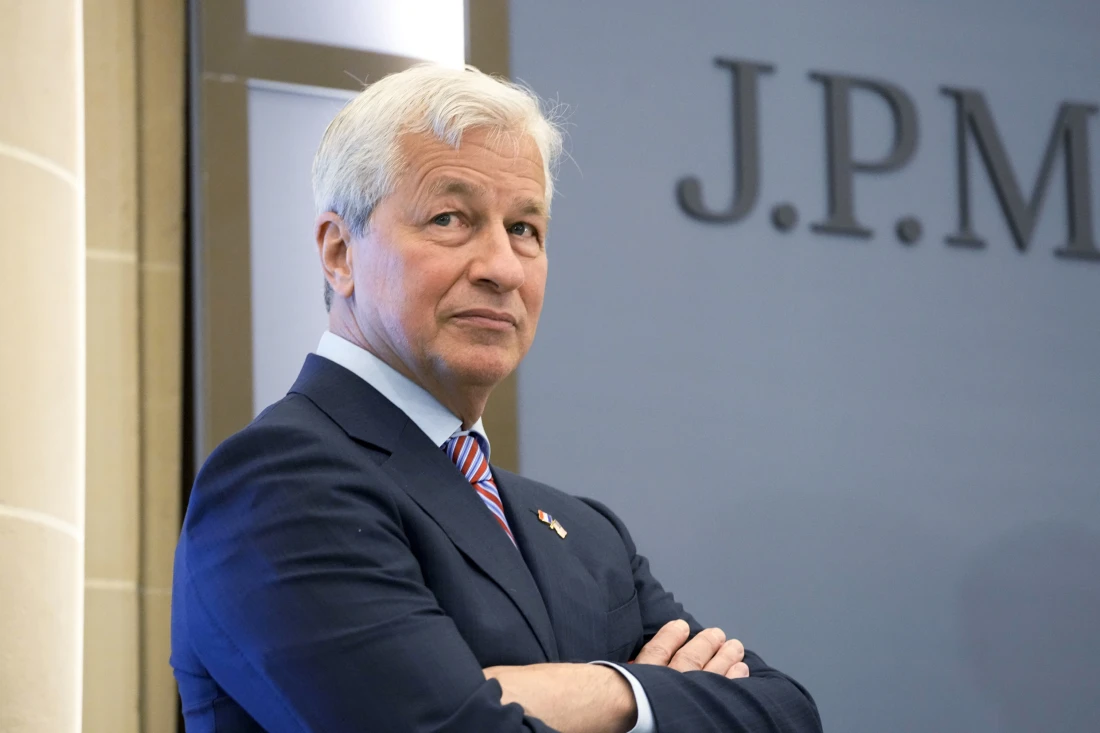On March 12, as multiple American banks struggled with a confidence crisis, JPMorgan Chase & Co. (JPM.N) rallied to First Republic Bank’s rescue, providing the struggling lender with what two sources claim to be a $10 billion financing.
Despite the JPMorgan facility, depositors continued to leave the lender. However, it ended up being the beginning of a chain of events, some of which are revealed here for the first time, that helped Jamie Dimon, the chief executive of JPMorgan, play a crucial part in one of the most extraordinary U.S. bank rescues in recent memory.
Following weeks of unsuccessful rescue attempts and abandoned negotiations involving some of the most powerful Wall Street executives and American officials, JPMorgan purchased First Republic on Monday in a government auction. According to two people with knowledge of the issue, the negotiations for the sale were extremely close. According to one of the sources, the auction’s final rounds were reached by four bidders, including JPMorgan.
Despite the fact that final bids were supposed to be submitted many hours earlier, JPMorgan did not find out it had won until around 1.15 a.m. in New York. According to one of the sources, at one point late at night while Dimon and other top executives awaited the outcome of their proposal, the Federal Deposit Insurance Corp.’s (FDIC) silence led them to believe they had lost.
The final agreement, which was disclosed at 3:30 in the morning, solidifies Dimon’s status as one of Wall Street’s most prominent bankers.
However, the deal also brought up new concerns about the risks of having banks that are too big to fail, the effectiveness of banking industry regulatory oversight, and the Biden administration’s determination to prevent corporations from becoming overly powerful through deals.
More than the financial aspects, according to Piper Sandler analysts, the purchase was important for JPMorgan because it cemented the bank’s position as “the go-to industry leader in times of turmoil.”

